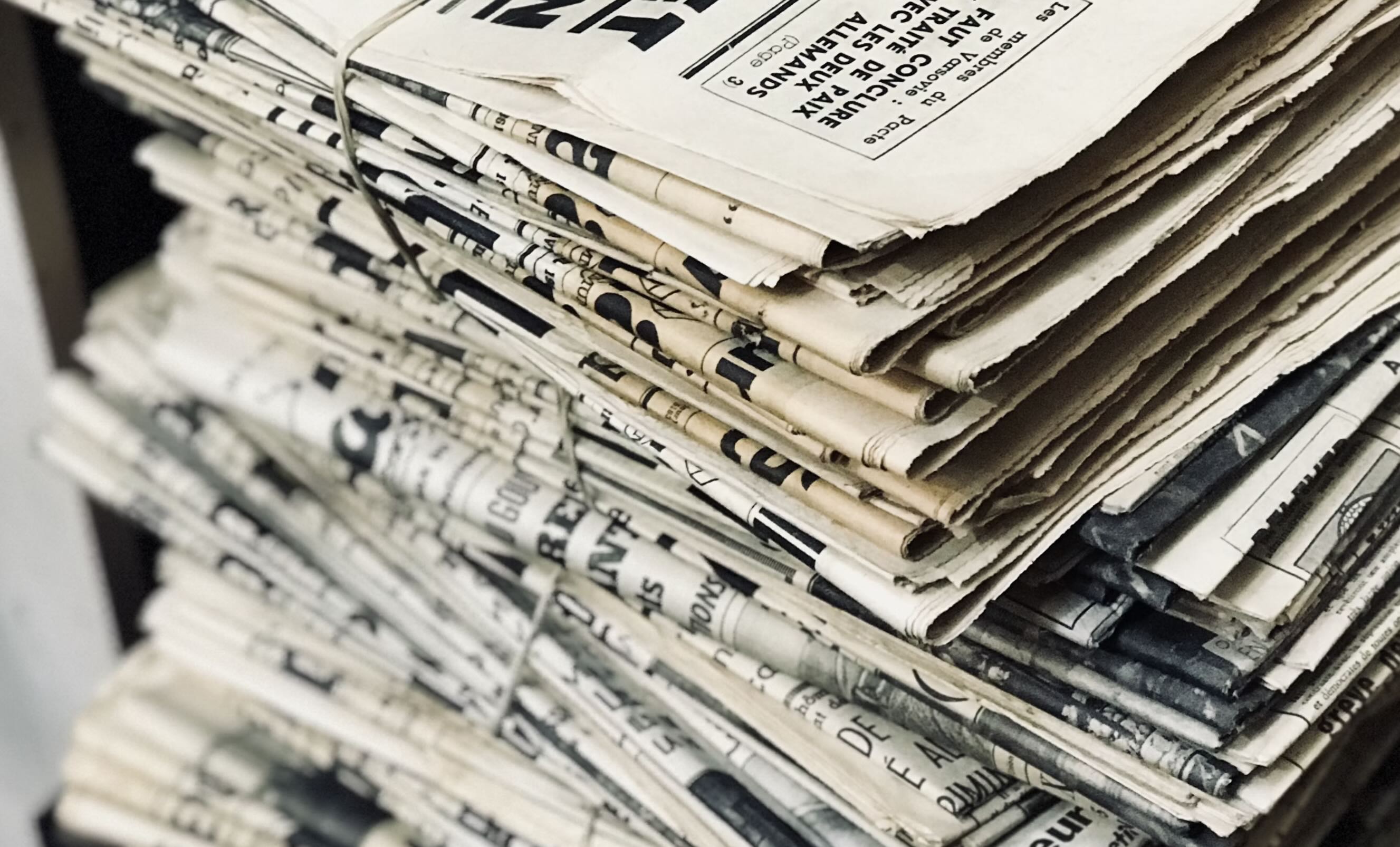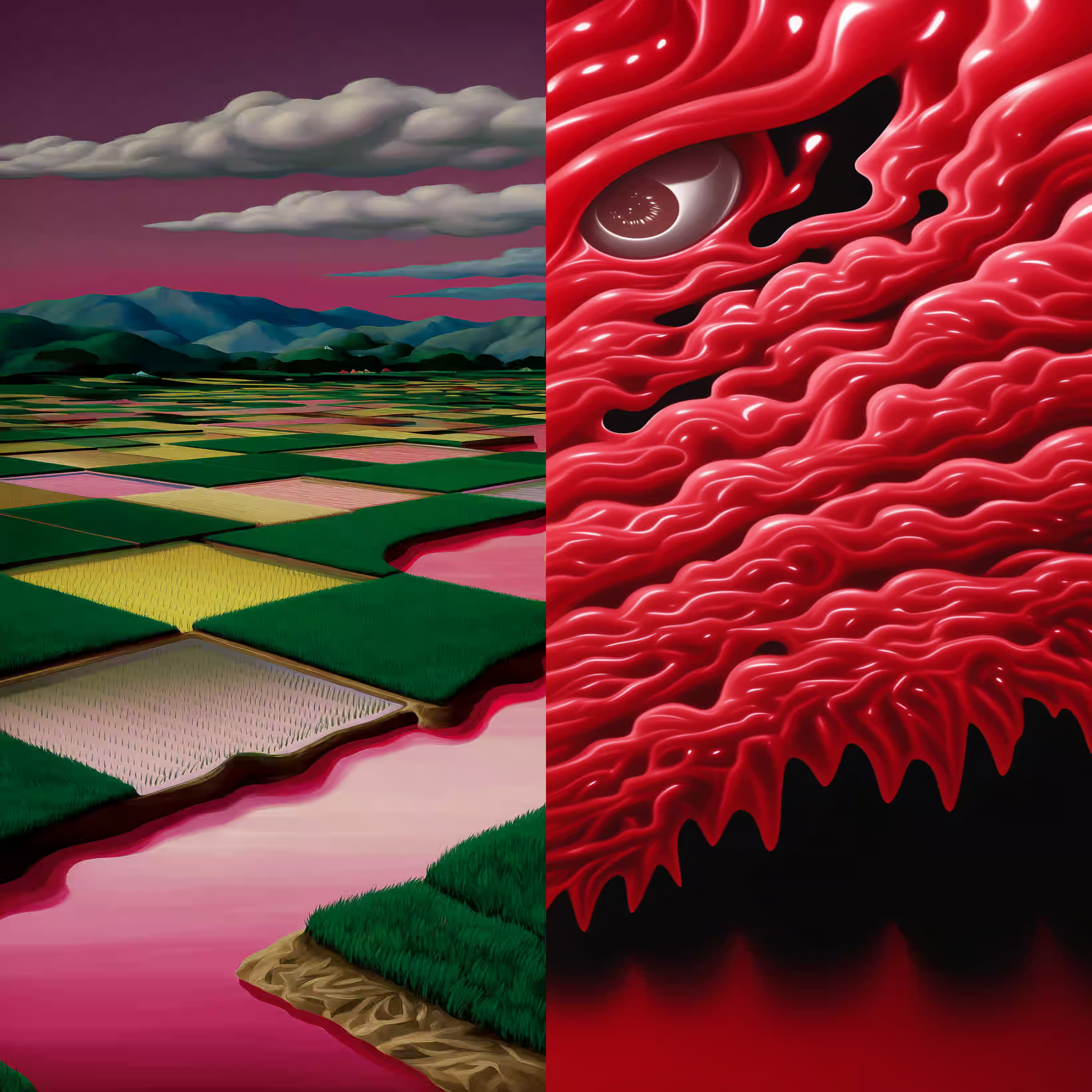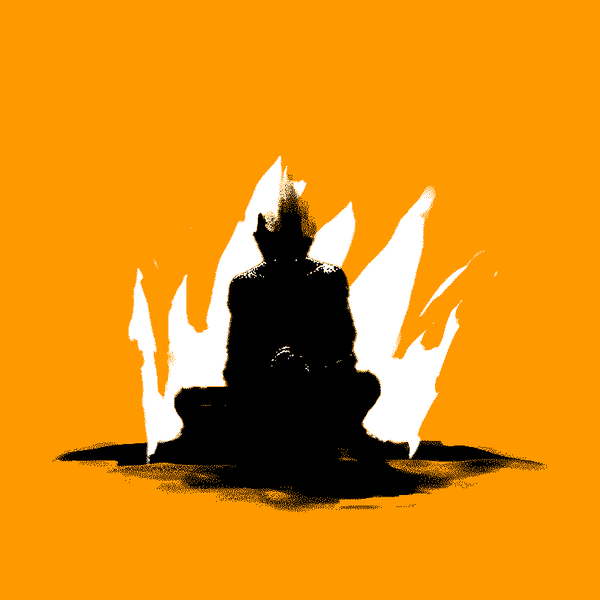Stop putting graffiti on my money you pompous vandals!
Graffiti, often dismissed as mere vandalism, is an art form with a rich history that has transformed public spaces all over the globe. From ancient inscriptions to modern masterpieces, graffiti allows for self-expression, political commentary, and the beautification of urban landscapes through muralism.
Graffiti is often characterized by its rebellious, street-level origins and unauthorized creation, typically featuring "tags" and vibrant, abstract imagery. Whereas similarly, though still starkly different at its core, muralism is usually a sanctioned form of public art that may be large-scale, detailed works on buildings and structures, often with social, political, or cultural themes.

The earliest graffiti
Graffiti dates back to ancient civilizations. In ancient Rome and Pompeii, messages and advertisements were etched into walls, showing humans' long-standing use of walls as canvases for communication and expression. The modern graffiti movement began in New York City in the late 1960s and early 1970s, when young people in marginalized neighborhoods used graffiti as a means of expression amidst economic decline and rising crime rates. This era saw the birth of "tagging," where individuals wrote their names or pseudonyms on buildings and public spaces. This is still commonly seen today all over major cities.
Graffiti is Expression
Graffiti is a powerful form of self-expression. Tags have evolved into more elaborate "pieces" (short for masterpieces), showcasing artists' creativity and skill. Graffiti culture fostered a strong sense of identity and community.
Speaking to Gamma Partner artist, and graffiti artist Pinky Vision, he stated, "I started writing graffiti in the 80s! I was part of that hip hop revolution that swept through the UK and Europe from the States. As soon as I saw Style Wars, I was hooked! I've always loved anything pop! Cartoons, comics, psychedelic posters, illustration, graffiti is part of that world for me."
Screw the establishment
Graffiti has long served as a tool for political expression. Walls have long been used to convey dissent and mobilize communities. In the 1980s, artists like Keith Haring and Jean-Michel Basquiat used their art to address social issues such as AIDS, racism, and poverty. The anonymous British artist Banksy has become synonymous with politically charged street art, critiquing consumerism, war, and authority with his stencils.
Colourful suburbs
Beyond self-expression and political statements, graffiti can transform urban landscapes. Murals and street art projects can rejuvenate neglected neighborhoods, turning drab walls into vibrant works of art. Cities like Berlin, São Paulo, and Melbourne have embraced graffiti for its potential to attract tourists and foster community pride. Gamma artists such as Whitters and Zilla are two extremely different, yet examples of creators in the space who also paint murals, and complete graffiti pieces in the physical world, and transfer that style to the digital world on Bitcoin too. Whitters elegantly states that muralism, “ brings color and a story to something that would otherwise be boring and uncreative. Bringing life to the lifeless.”

Influential Graffiti Artists
Several graffiti artists have achieved international acclaim, elevating the art form to new heights. Notable figures include:
Jean-Michel Basquiat: Starting as a graffiti artist under the pseudonym SAMO, Basquiat's work evolved to address themes of race, identity, and social justice.
Keith Haring: Known for his distinctive line drawings and vibrant characters, Haring used graffiti to spread messages of love, unity, and activism.
Shepard Fairey: Famous for his "OBEY" campaign and the iconic "Hope" poster of Barack Obama, Fairey's work blends street art with graphic design.
RETNA (Marquis Lewis): Recognized for his unique script blending hieroglyphics, calligraphy, and graffiti, RETNA's work includes large-scale murals and gallery pieces.
Graffiti & culture
Graffiti goes hand in hand with culture, influencing fashion, music, and design. Streetwear brands collaborate with graffiti artists, and social media platforms have given graffiti artists a global stage, leading to greater appreciation and acceptance of graffiti as a legitimate art form. Pinky Vision was commissioned to create the art for Glastonbury, using his colourful style, to bring life to their merchandise, proving the above thesis.
"My own art is really about making things that please me and send out a positive vibration to the world. Digital art is another way to do that. It should be fun or what's the point?" says Pinky Vision. "Graffiti has many layers and connections from a simple one-line tag to a complex wildstyle lettering piece. You might not like it all, you don't have to, but it's all connected."
Inscribing on the digital megalith
"Graffiti is a community with its own culture. It's a worldwide phenomenon, so you can meet someone from anywhere and instantly have something in common," Pinky Vision reflects. "All kinds of people are attracted to graffiti: show-offs, weirdos, goofballs, daredevils. There is no one kind of graffiti writer. The thing that connects them all is a need to express themselves visually."
Graffiti reminds us that art is not confined to galleries and museums; it lives and breathes in the streets, reflecting the diverse voices and experiences of its creators. As we continue to explore and appreciate this vibrant art form, we celebrate the creativity and resilience of those who transform blank walls into powerful canvases of expression.
Now with the advent of ordinals, inscribing a file onto Bitcoin and graffiti meet symbiotically in permanence, public visibility, and the conveyance of messages, often without authorisation. Keep inscribing you pompous vandals!

-1.png)

.jpeg?width=600&height=600&name=ad5f5dfe5524f7b990fa0d2a79536705073f8f670afb3ad03025a67e370a6972i0%20(1).jpeg)


